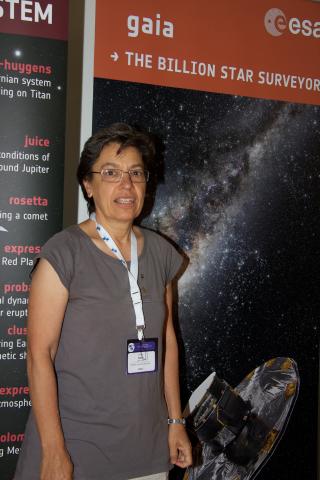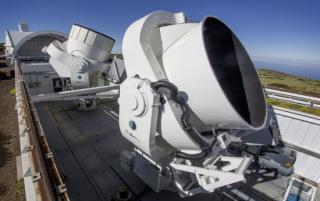
The astronomer is participating in the symposium “First Science with Gaia” within the EWASS 2015 conference
Advertised on
This section includes scientific and technological news from the IAC and its Observatories, as well as press releases on scientific and technological results, astronomical events, educational projects, outreach activities and institutional events.





